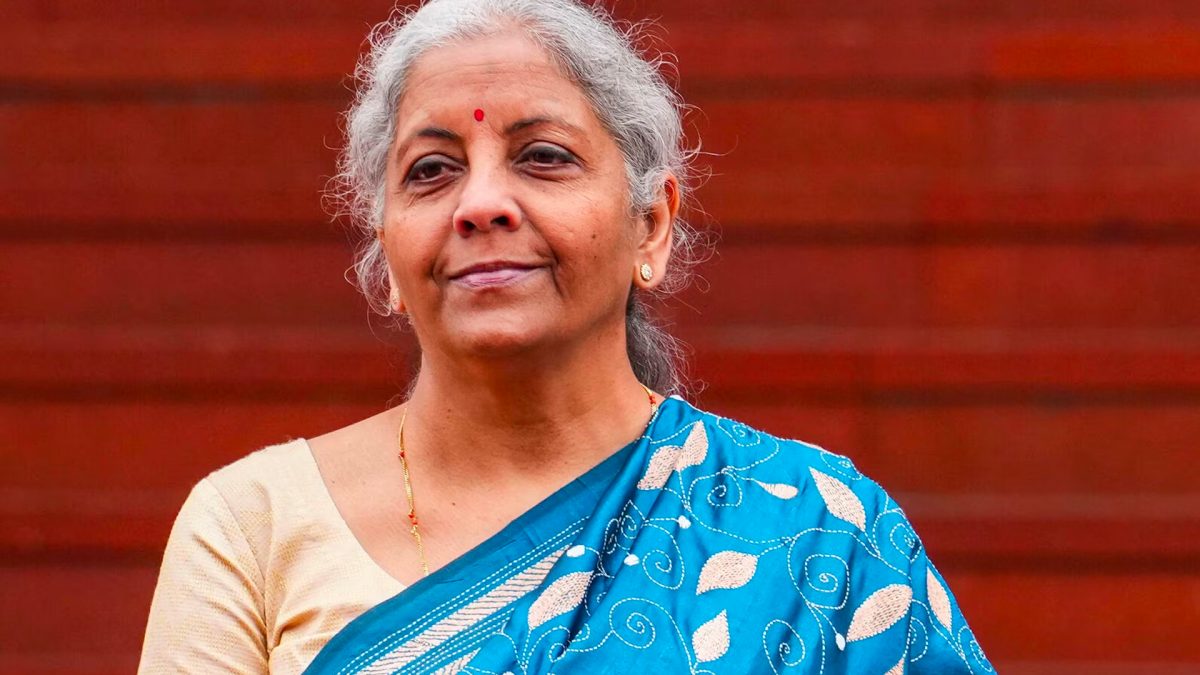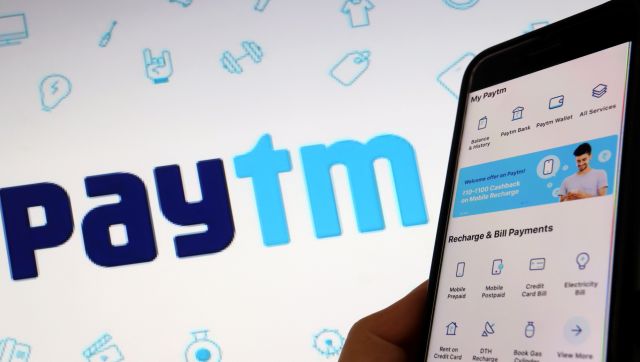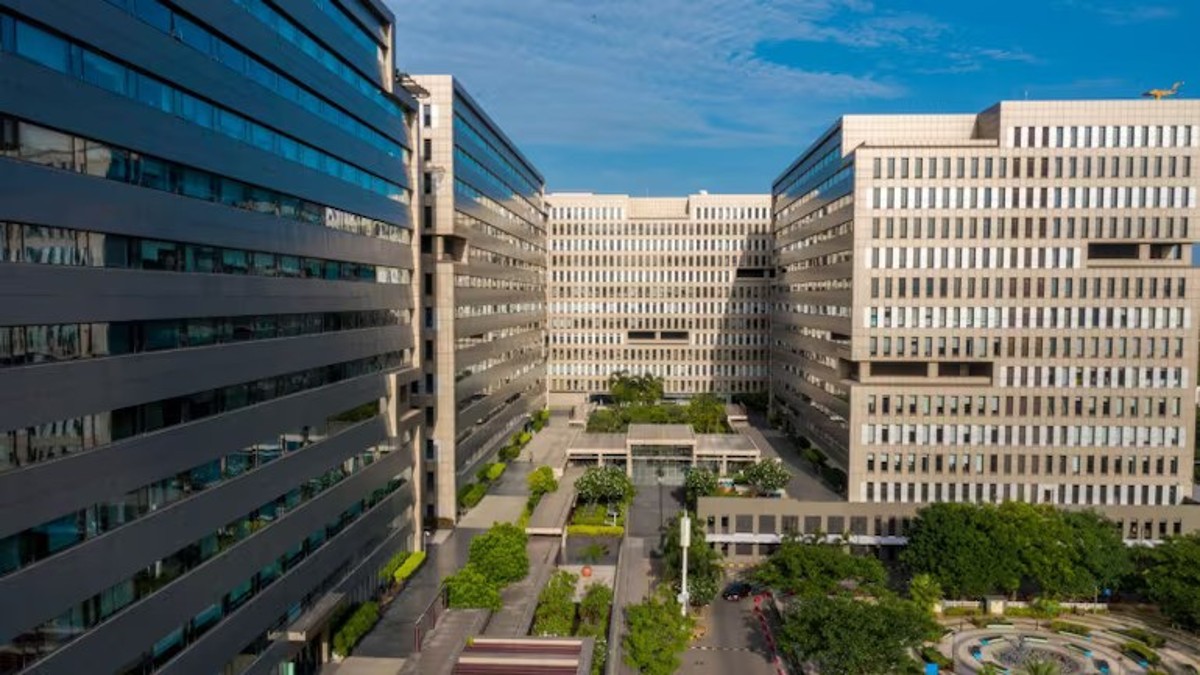The Reserve Bank of India overturned market expectations by opting for a hawkish stance on inflation. In its quarterly review of the monetary policy announced on Tuesday, Governor Duvvuri Subbarao announced a 50 basis points hike (0.5 percent) in the repo rate, the rate at which the central bank lends overnight money to banks.
The new repo rate, which rises from 7.5 percent to 8 percent, will force banks to push up lending and deposit rates in due course. Home and personal loan rates could see an increase, too.
But what is most significant about Subbarao’s tough statement is its indirect indictment of the government’s policies, which it believes have enabled inflation to take root.
To emphasise this fact, the Reserve Bank has debunked the government’s rosy projections of inflation cooling off to around 6 percent by March 2012. The bank has, instead, raised its own inflation projections to 7 percent, up by a solid 1 percent from its May projection. It has, however, chosen to retain the GDP growth projection at 8 percent for 2011-12.
Clearly, the RBI has a different view of the country’s economic prospects compared to the government or the finance ministry.
The policy document says the burden of maintaining the “credibility of official action” to contain inflation has fallen on the monetary authority in “the absence of complementary policy responses on both demand and supply sides.”
Translated, this means the government is not doing its bit to increase food production and invest in infrastructure (which is the supply side), nor is it showing any signs of managing its budget deficits sensibly (which is worsening the demand side by pumping in money indiscriminately).
But when will the Reserve Bank ease up on tight money? Subbarao’s answer: not till the economy slows down significantly or inflation falls steadily. But since he has raised his own inflation projections, this means not too soon.
Subbarao said: “Going forward, the monetary policy stance will depend on the evolving inflation trajectory, which, in turn, will be determined by trends in domestic growth and global commodity prices. A change in stance will be motivated by signs of a sustainable downturn in inflation.”
The RBI gives three reasons for its strong stand on inflation, where it is willing to risk a serious slowdown by jacking up the cost of money.
First, it feels that oil prices will push up inflation both in terms of its primary impact, and its secondary effects, when transport costs raise prices. The RBI feels that even after the June price increases in diesel, cooking gas and kerosene, there is inadequate pass-through of price increases to the consumer. An increase in coal prices will push up energy costs all around once again.
Second, the government has raised the minimum support prices of food and pulses significantly. This, too, will strengthen inflationary pressures. Third, costs are rising in the manufacturing sector, which means inflation is now spread all over.
Since the next monetary policy review is scheduled for 16 September, the RBI is clearly digging in for the long haul.
One uncertainty is about the governor himself: his term ends well before that review. Will he get another term?
Read the full speech here
Click here for our entire coverage on the credit policy.


)




)
)
)
)
)
)
)
)